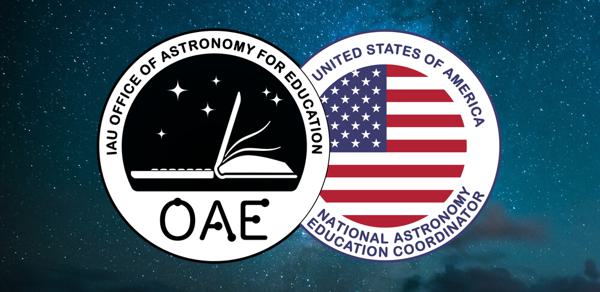Termine del Glossario Stella subgigante
Descrizione Una subgigante è una stella che si trova tra la sequenza principale e il ramo gigante del diagramma di Herzprung-Russell. Si tratta per lo più di stelle che hanno terminato la fusione dell'idrogeno nel loro nucleo e si stanno evolvendo per diventare stelle giganti. Alcune di queste subgiganti pulsano, diventando così stelle variabili. Le variabili Cefeidi sono un esempio di stelle subgiganti pulsanti.
Termini correlati
- Variabile Cefeide
- Stella gigante
- Diagramma di Hertzsprung-Russell (HR)
- Fusione di idrogeno
- Sequenza principale
- Evoluzione stellare
- stella variabile
- Classe di luminosità
Vedi questo termine in altre lingue
status del termine e della definizione La definizione originale di questo termine in inglese é stata approvata da un ricercatore astronomo e da un docente La traduzione di questo termine e della sua definizione sono ancora in attesa di approvazione
Il Glossario Multilingue OAE é un progetto dell'Ufficio IAU per la didatticadell'astronomia (OAE) in collaborazione con l'ufficio IAU OAO per la DivulgazioneAstronomica (OAO). I termini e le definizioni sono stater scelte, scritte eriviste da un impegno collettivo da parte di OAE, i Centri e i Nodi OAE e iCoordinatori Nazionali per la Didattica dell'Astronomia e da altri volontari.Potete trovare una lista completa dei crediti, Tutti i termini del glossarioE le definizioni sono pubblicate su Creative Commons CC BY-4.0 licenza e dovrebbero essere accreditate ad IAU OAE.








